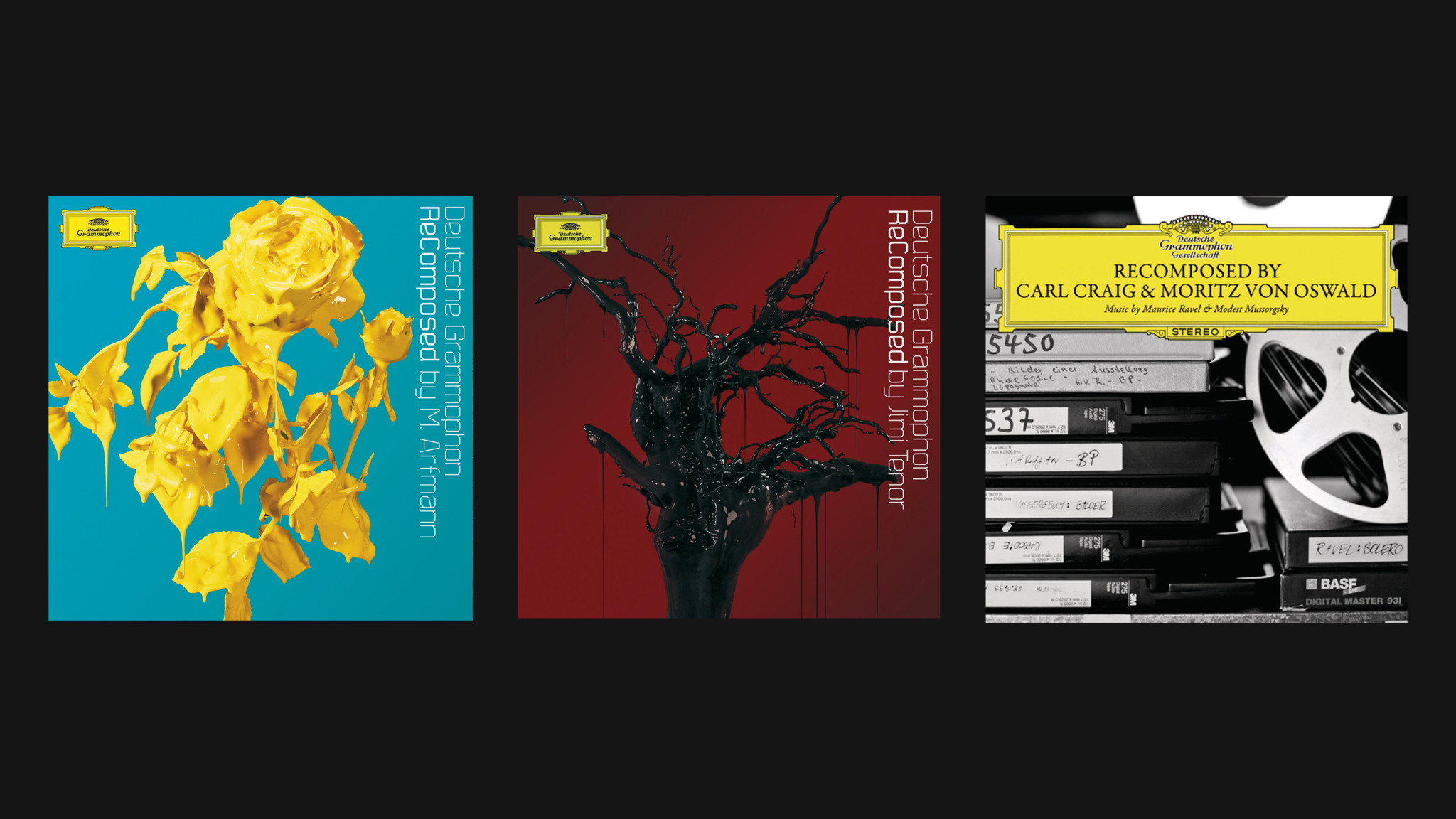By Paul Sullivan
Remixes of classical recordings were—and remain for some—a hugely controversial, even heretical idea. But following a couple of bold attempts by Universal France (Variation, featuring remixes of Pierre Henry’s works) and Universal Classics Germany (Replay Debussy), which won the “Preis der deutschen Schallplattenkritik (German Record Critics’ Award), the stage was set for Deutsche Grammophon to begin their own series: one that allowed DJs and electronic music producers access, for the first time, to the century of classical music contained in their treasured vaults.
“The idea was simple,” wrote Christian Kellersman, former Managing Director of Universal Music Classics & Jazz, and the founder of DG’s now-legendary Re:Composed series, in a 2020 blog post. “Invite an artist to arrange, remix and ‘recompose’ treasures from the famed Deutsche Grammophon archive.” Christian noted that the idea itself wasn’t exactly new. “Remixes are a long-running mainstay in jazz, pop, dance and rock,” he wrote. “Years ago even classical repertoire was adopted by pop bands, but back then they didn’t mix, they lifted and performed passages. In the ‘70s, bands like Emerson, Lake & Palmer, Ekseption, James Last and His Orchestra and musicians like Jacques Loussier and Deodato had mega-hits with classical works. For some of us, that was our introduction to the classical repertoire.”
Re:Composed was different to what had gone before. Where the afore-mentioned projects had handed over compositions to a variety of artists, Christian and his team chose only one artist—or two in the case of a collaborative effort—to rework whatever they wanted from the DG catalogue. “They were free to create and re-create as they saw fit,” says Christian. “Deep knowledge of the catalogue was not a requirement. Openness, imagination, creativity and curiosity were the only criteria. We chose those we knew would be the most inspired by the prospect.”
The choice of artists were equally inspired. The first release in the series, which appeared in 2005, was helmed by German producer Matthias Arfmann, who took on various works performed by the legendary Herbert von Karajan and the Berliner Philharmoniker. Arfmann was well-known from 80s indie band Kastrierten Philosophen, his 90s electronic Turtle Bay Country Club project, and for producing German hip hop legend Jan Delay. For Re:Composed, he took on Rimsky-Korsakoff’s “Scheherazade op. 35”, Holst’s “The Planets op. 32” and Wagner’s “The Flying Dutchman”, among others, audaciously infusing them with downtempo ‘trip-hop’ beats, dub-heavy basslines and wobbly electronics. On his arrangement of Dvořák's “Symphony No. 9 in E minor, Op. 95”, he even added African vocals from Onejiru—certainly a step further than anyone had gone before with such canonical works.
In 2006 came a very different but equally fearless collection from multifaceted Finnish maestro Jimi Tenor. Naturally inclined towards the avant-garde, Tenor’s archival selections were bold, including challenging works such as "Extremities" by Edgar Varèse, Salonen’s “Wing on Wing”, Giorgi Sviridov’s “Choral Concerto” and works by minimalists such as Steve Reich. Rather than applying a single aesthetic vision to these compositions, Tenor playfully threaded his trademark styles of lounge-style exotica, funky brass, weird and wonderful electronica and polyrhythmic percussion throughout them all. His three versions of Satie’s famous piano piece "Vexations" was especially inspired—but the biggest surprise was when Tenor turned up at a Yellow Lounge party during Popkomm 2006 to conduct the orchestra of the Deutsche Oper Berlin.
In 2007, it was time for yet another bold experiment, this time with electronic music giants Moritz von Oswald (Basic Channel, Rhythm & Sound) and Carl Craig (Paperclip People, Innerzone Orchestra). Hailing from Hamburg and Detroit respectively, both producers were experienced and talented way beyond the techno they were famous for, with von Oswald being a classically-trained percussionist and Craig having embraced everything from jazz to live orchestras.
The duo chose only three songs: Ravel's famous “Bolero” and “Rapsodie espagnole”, and Mussorgsky's equally renowned piano piece “Pictures at an Exhibition”, which Ravel himself later re-orchestrated at Mussorgsky’s request. The multitrack recordings used by the duo were by the Berlin Philharmonic from the Karajan Gold Edition, and the results took the notion of reinterpretation to a whole new level.
The album’s eight “movements” are so subtle and abstract in places they seem to have nothing to do with the originals— unless you listen closely. Beginning slowly, the album builds gently, ushering in filtered percussion, reverb loops and minimalist fragmented trumpets, stamping the music with a club-loving signature while resisting any obvious dancefloor hooks and crescendos. A masterclass in restraint and respect, this third installment of Re:Composed was once again wonderfully unique. Where could this ground-breaking series go after that? You’ll have to read Part 2 to find out…

